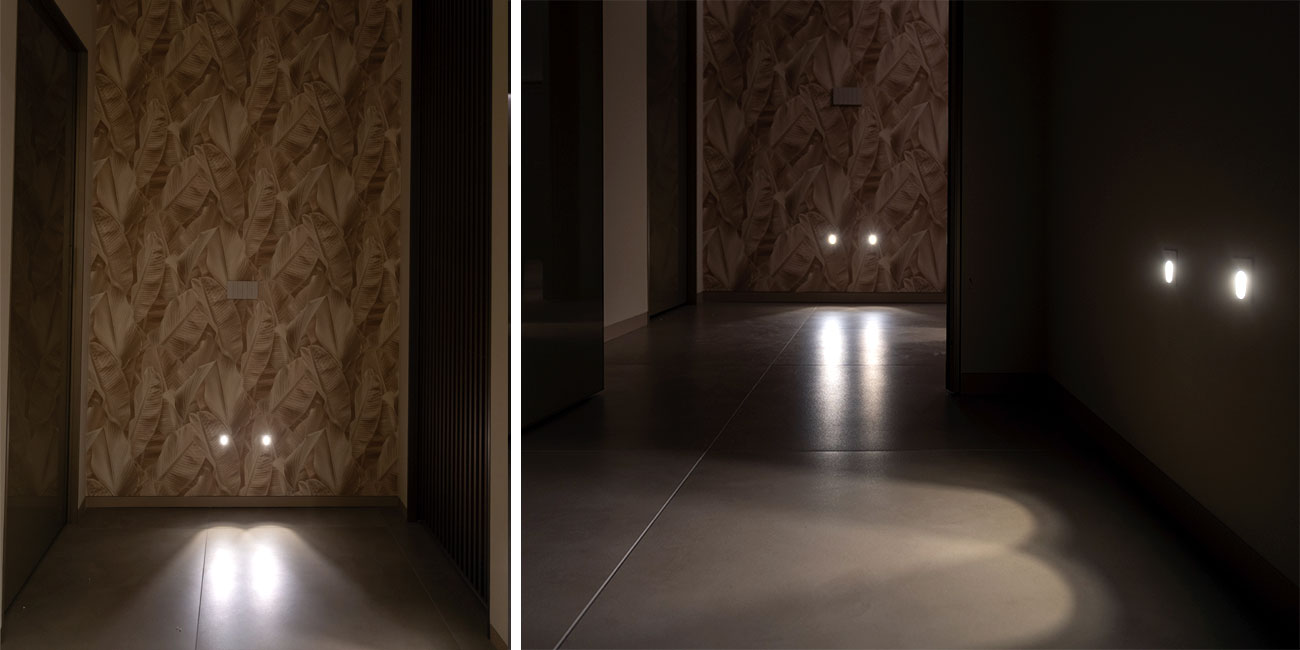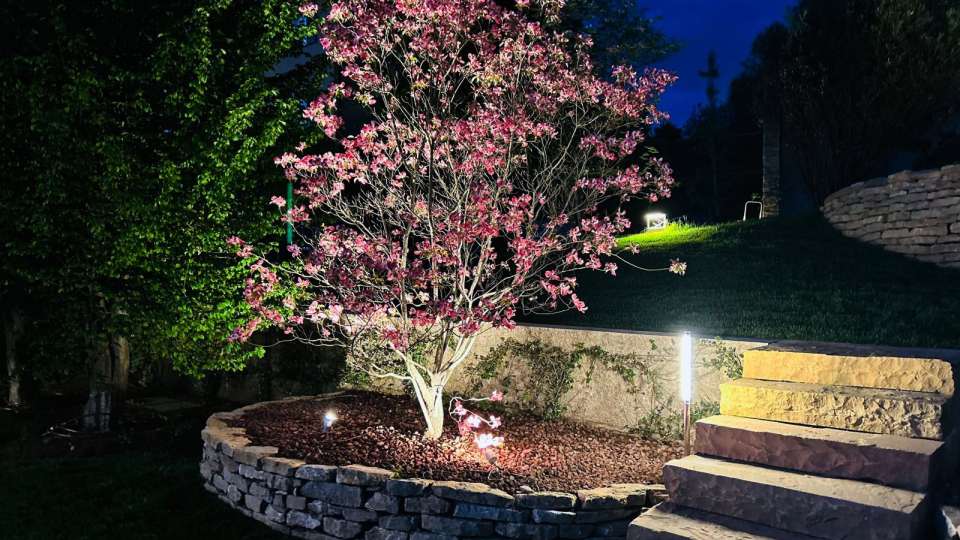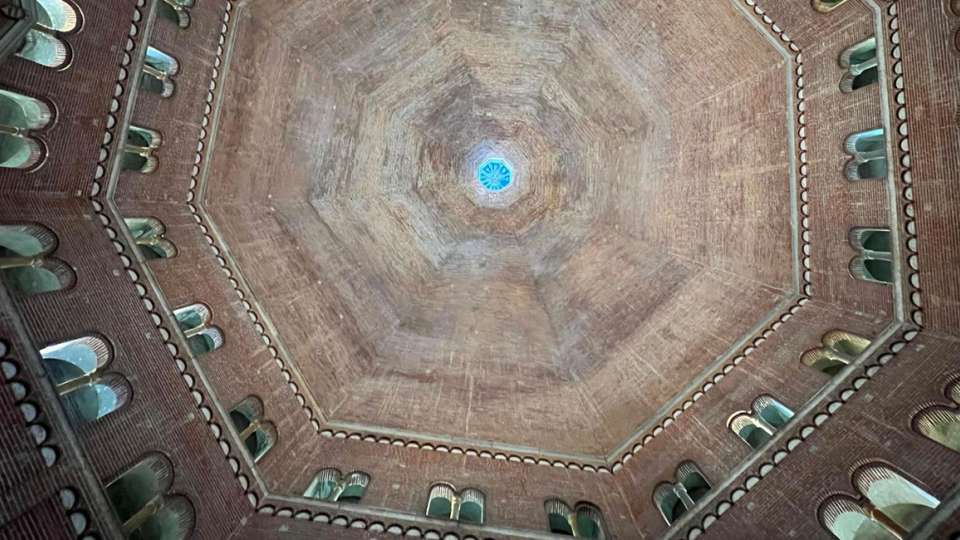
The entrance area and the corridor are spaces in the home that are occupied for a short time and limited to passage. The lighting choices for these areas must derive mainly from how these rooms relate to the rest of the house.
The entrance area is a small space compared to the other rooms, and for proper lighting, it is sufficient to ensure a diffuse and non-invasive light of about 200 lux using ceiling lights, recessed lights and system, or pendant lamps.
If there is a console table or mirror near the entrance, wall lights or table lamps can be used to increase the amount of lighting with accent lighting.
If the entrance is visually projected into other rooms, it can be used lively and original lighting solutions that can be achieved by using: LED strips recessed or wall and pendant lamps to create a focal point.
The corridor connects various rooms and often has a long and narrow shape. Unless the house is open plan, the corridor is almost a space where natural light does not reach. The main common problem is poor lighting, due to the absence of direct light sources such as doors or windows. Proper lighting in a corridor should provide about 150 lux: to create a pleasant and cozy passage.
For the illumination of passageways, solutions such as LED strips to be placed along the edge of the ceiling or skirting board, lights on the floor, recessed or adjustable spotlights, wall lights, ceiling lights, and pendant lamps that can create visually scenic environments prove to be effective.

Recessed spotlights are one of the best solutions for corridor lighting: they are pleasing to the eye and suit every style. More convenient than recessed spotlights are adjustable spotlights, which can be moved by directing the light beam where it is needed.

Star | Progetto Studio Keyart Milano
In a house with a modern furnishing style, it is possible to place many small LED lights on the ceiling to create a very atmospheric lighting composition and more scenery. If the wall at the end of the corridor is free, it can be used as a light installation with lights to enhance it and turn it into a light screen for the rest of the room.

Those who love the classic style can use wall sconces with a warm, soft light to illuminate the corridor. However, it is recommended to supplement this type of lighting with spotlights placed in strategic areas switched on if necessary. Wall lights should be placed on the side wall and can be utilized as a decorative element.
In the corridor, accent lighting can be used on paintings, and, in the case of unfurnished corners, floor-standing lamps are an excellent solution.
A different and very interesting solution is to illuminate the lower part of the corridor with recessed lights on the floor or along the skirting board, creating a true light guide that can illuminate the pathway in a discreet but very effective manner, especially during the night.


Outdoor lighting is much more than the simple act of installing a few fixtures around your home, it’s an art form that blends safety, functionality and ambiance into your garden, patio or poolside retreat. When done thoughtfully, the right light can transform any outdoor space into an enchanting extension of your living area: an inviting evening lounge, a dramatic backdrop for al fresco dinners or a quietly illuminated path that guides you home.

Lighting plays a key role in interior design, not only as a matter of functionality, but also because of its ability to transform spaces and influence our mood. New lighting trends in colour and materials focus on warm tones, bold combinations and advanced technologies.

Lighting inside a sacred space is an essential aspect that defines the environment, enriches the spiritual experience and inspires a deep emotional involvement in those who enter it. Light, in all its forms, symbolically represents divinity and inner guidance in sacred places. Its use must be studied with particular care to respect the sacredness of the place, enhance spirituality and accompany the faithful on an inner journey.